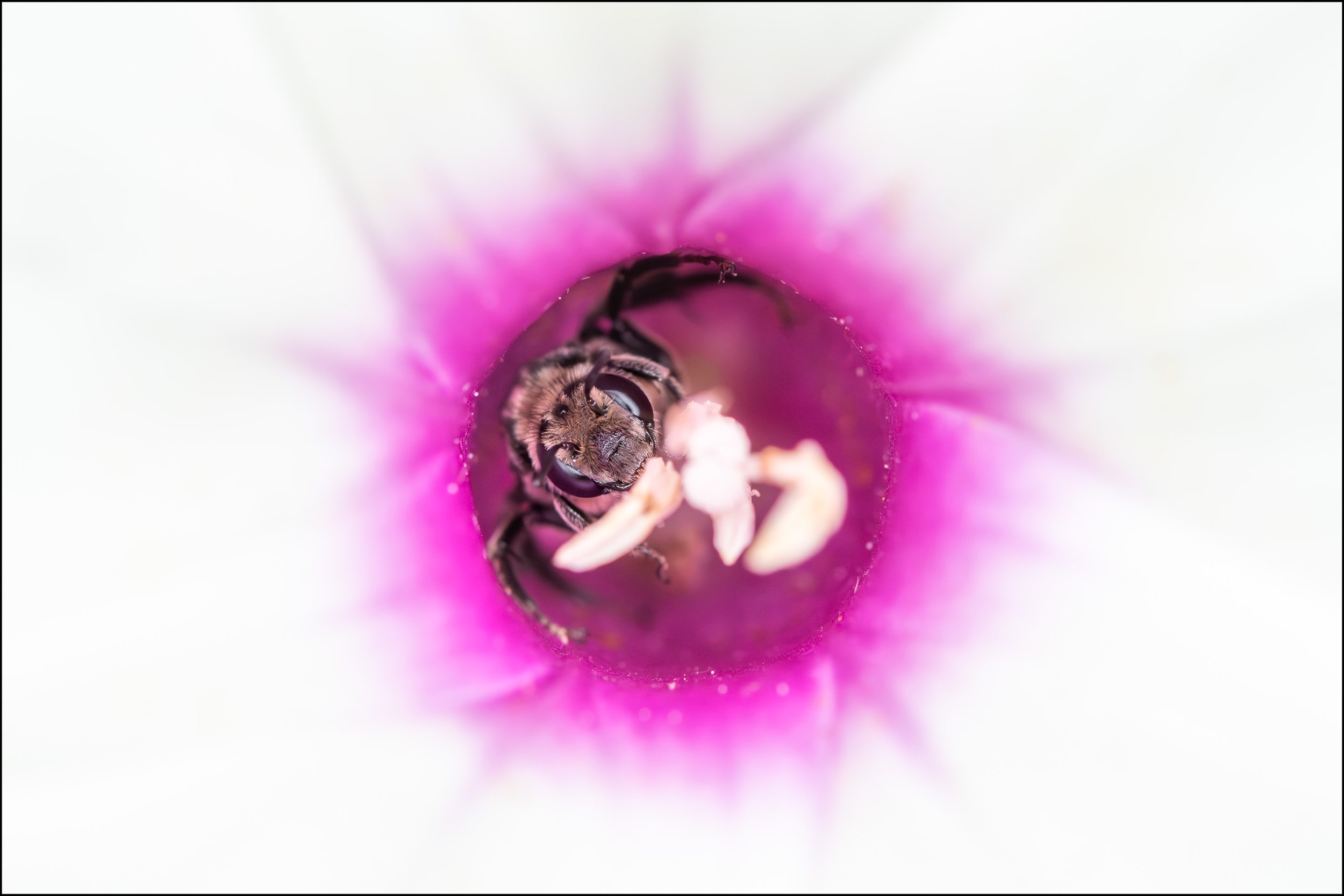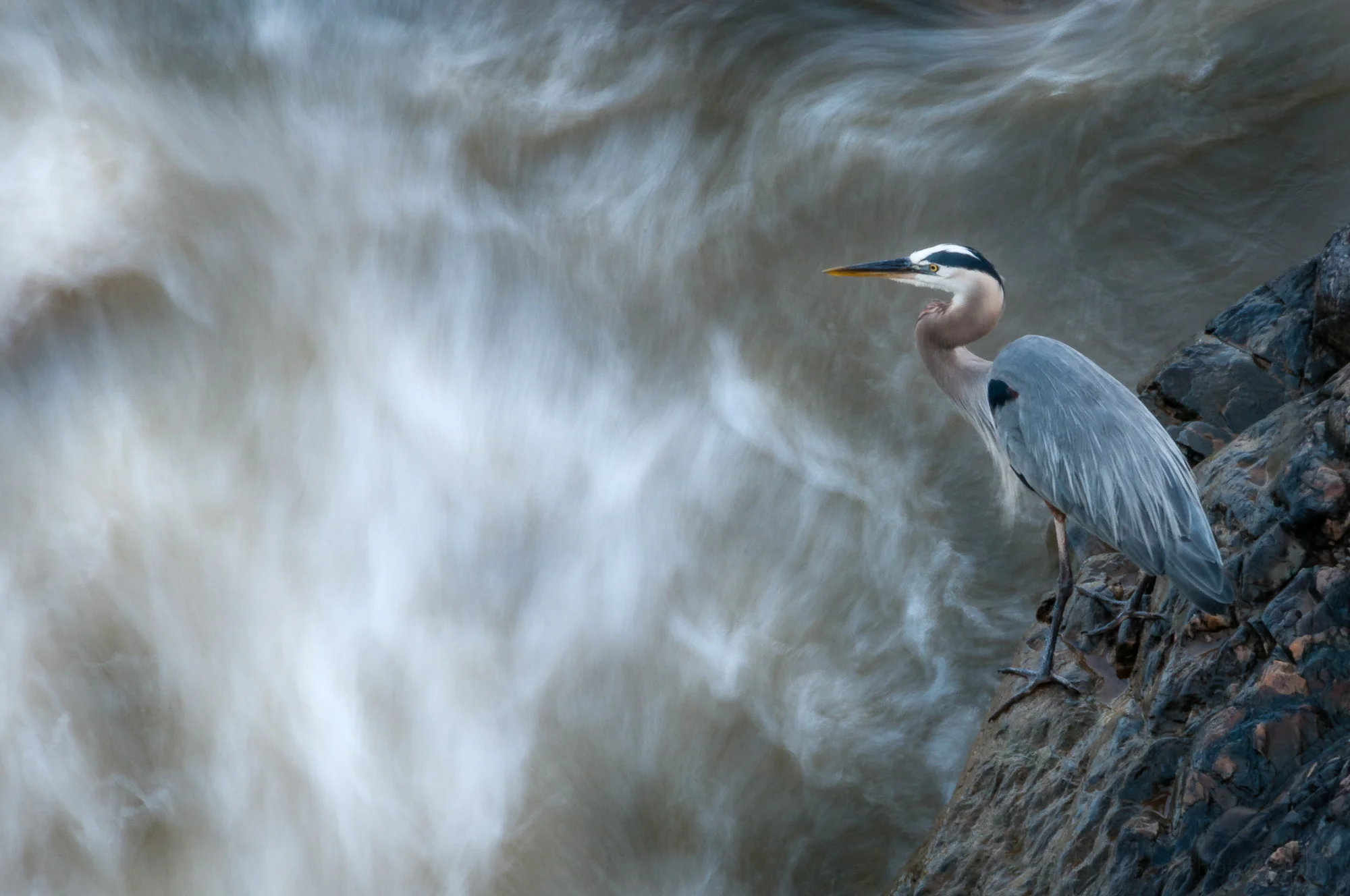Neabsco Creek Twilight
On the final morning of 2021 I joined my father as he opened the Neabsco Creek boardwalk. We arrived at the parking lot while it was still dark and by the time we’d walked to the boardwalk entrance there was just a slight hint of color beginning to show in the sky. I don’t often get out this early, not being much of a morning person, so I tried to take advantage of the opportunity and set up my tripod to capture some images as we walked to open the other gates.
It was a completely overcast morning, so I had no expectation of any pre-sunrise fireworks lighting up the sky with brilliant colors. And yet, even completely overcast you can still see some of those lovely blues of the twilight hours.
For the first image, seen at the top of the post, I set up the tripod and pointed the camera towards the marina and the trestle bridge in the distance. I liked how the lights of the marina were making the fog glow. As I was setting up we could hear the sounds of an approaching train, so I was fortunate to capture that in the exposure. Granted, this was a long exposure (5 seconds) so the train was nothing but a light blur, both because of it moving during the exposure and because of the light mist that slightly obscured anything at a distance.
As I mentioned, I rarely get out before sunrise, which is unfortunate as it’s a great time for photography. The light changes very quickly and provides a range of colors not typically seen. Before sunrise there are virtually no shadows so you can create some soft and delicate images. Just after sunrise you get some incredible lighting on subjects because of the extreme angle of the light, often straight on at the subject.
In this case the longer exposure allowed me to capture some of the blue so common at this time, which is why twilight is often called the blue hour, though it typically lasts far less than an hour. I really should make an effort to get out more at this time, but with work it can be a challenge. Thankfully I had December 31st off, so took advantage of the opportunity.
Eleven minutes later we’d walked a bit further down the boardwalk when I decided to turn around and photograph the way we’d come, still facing the marina and trestle bridge. I zoomed out a bit to take in more of the scene. I liked the look of the boardwalk with the wet planks reflecting the blues from the sky, and curving over to the left, with the marina over to the right.
Boardwalk Blues
The light changes quickly this time of morning, and it wasn’t much longer before it took on a more typical overcast grey. But I was happy to have created at least a few interesting images under the light of early morning twilight.
Do you enjoy these posts?
Sign up to receive periodic emails with updates and thoughts. Don’t worry, I won’t spam you. And please consider purchasing artwork or products from my online store, and using my affiliate links in the sidebar to the right when shopping online.
I appreciate your support!



























